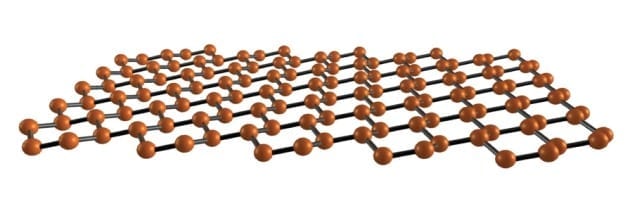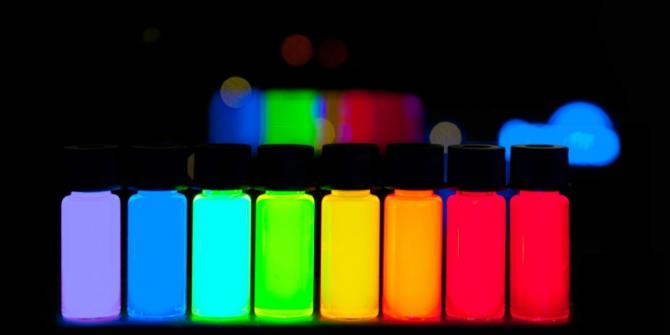
Researchers at The University of Texas at Austin’s Cockrell School of Engineering have created the first transistors made of silicene, the world’s thinnest silicon material.
Their research holds the promise of building dramatically faster, smaller and more efficient computer chips.
Made of a one-atom-thick layer of silicon atoms, silicene has outstanding electrical properties but has until now proved difficult to produce and work with.
Deji Akinwande, an assistant professor in the Cockrell School’s Department of Electrical and Computer Engineering, and his team, including lead researcher Li Tao, solved one of the major challenges surrounding silicene by demonstrating that it can be made into transistors —semiconductor devices used to amplify and switch electronic signals and electrical power.
The first-of-their-kind devices developed by Akinwande and his teamrely on the thinnest of any semiconductor material, a long-standing dream of the chip industry, and could pave the way for future generations of faster, energy-efficient computer chips. Their work was published this week in the journal Nature Nanotechnology.
Until a few years ago, human-made silicene was a purely theoretical material. Looking at carbon-based graphene, another atom-thick material with promise for chip development, researchers speculated that silicon atoms could be structured in a broadly similar way.
Akinwande, who also works on graphene transistors, sees value in silicene’s relationship to silicon, which chipmakers already know how to work with.
“Apart from introducing a new player in the playground of 2-D materials, silicene, with its close chemical affinity to silicon, suggests an opportunity in the road map of the semiconductor industry,” Akinwande said. “The major breakthrough here is the efficient low-temperature manufacturing and fabrication of silicene devices for the first time.”
Despite its promise for commercial adaptation, silicene has proved extremely difficult to create and work with because of its complexity and instability when exposed to air.
Read more: One-Atom-Thin Silicon Transistors Hold Promise for Super-Fast Computing
The Latest on: Silicene
[google_news title=”” keyword=”Silicene” num_posts=”10″ blurb_length=”0″ show_thumb=”left”]
via Google News
The Latest on: Silicene
- The new 2D frontier of Silicene, Stanene, Germanene, Antimonene, and Phosphoreneon February 22, 2024 at 1:06 am
Their thinness and high surface area make them ideal for applications where space and efficiency are critical. Silicene, stanene, germanene, antimonene, and phosphorene, composed of single elements ...
- What are Nanomaterials?on August 31, 2023 at 12:33 am
One particularly interesting analogue to graphene would be 2D silicon – silicene – because it could be synthesized and processed using mature semiconductor techniques, and more easily integrated into ...
via Bing News









